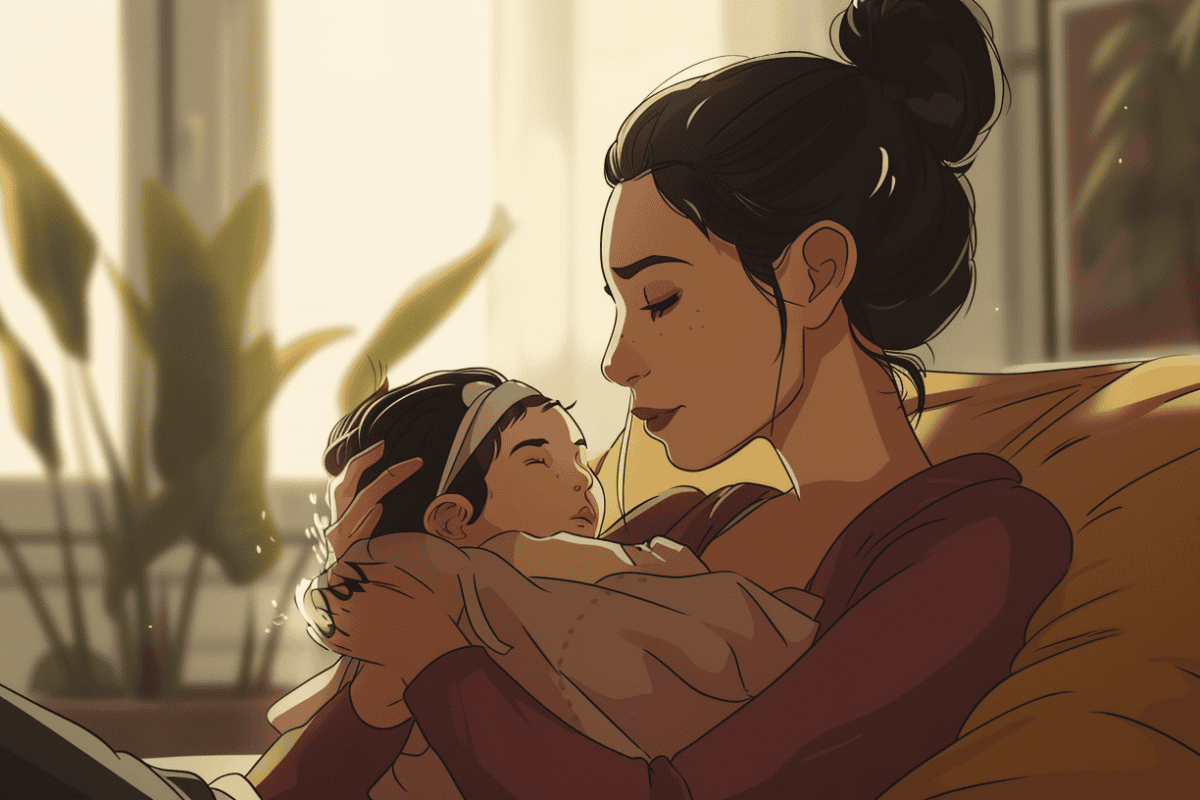Balding men are frequently associated with hair loss. However, it can affect anyone, and understanding the causes may help some people avoid it.
Few people imagine the day when they will start losing their hair.
According to Dr. Audumbar Borgaonkar, who is chief surgeon at Areeva Cosmetic Centre which is one of the leading hair transplant clinics in Navi Mumbai’s, most men with male pattern hairlessness will notice hair loss in their mid to late twenties. Around two-thirds of men are bald or have a balding pattern by the age of 60.
People of all ages, including women, can lose their hair. Male pattern baldness may be the first thing that comes to mind when it comes to hair loss.
Hair loss that isn’t due to male pattern baldness could be a sign of a severe health problem, which emphasizes the importance of people discussing abnormal hair loss with their doctors as soon as they notice it.
Isn’t it natural to lose hair?
Hair loss is a common occurrence. According to Dr. Audumbar Borgaonkar, clearing between 50 and 100 hairs per day is normal.
However, Dr. Audumbar Borgaonkar points out that shedding a small amount of hair each day is not the same as hair loss. Furthermore, male pattern baldness, also known as androgenic alopecia, is not a sign of a severe health problem.
What exactly is hair loss?
When something prevents hair from growing, it causes hair loss. Anagen effluvium is the medical term for hair loss, and it will continue until the cause is identified and treated.
What causes hair thinning?
According to Dr. Audumbar Borgaonkar, the following are the most common causes of hair loss:
* Hair loss caused by hereditary factors:
Hereditary hair loss is the most common cause of hair loss in both men and women worldwide.
Androgenic alopecia is the medical term for genetic hair loss, also known as male pattern baldness.
Females can also have androgenic alopecia, so this is a bit misleading. Individuals inherit genes that make their hair follicles shrink and ultimately prevent hair growth, so they develop this condition.
* Immune system hyper-reaction:
According to Dr. Audumbar Borgaonkar, alopecia areata causes hair loss when the body’s immune system attacks the hair follicles that keep the hair in place.
Hair loss can occur on the scalp, inside the nose, and in the ears due to this overreaction.
Alopecia areata causes some people to lose their eyelashes and eyebrows.
* Drugs/treatments: Hair loss is a side effect of some cancer treatments.
Chemotherapy and radiation to the head and neck can cause people to lose the majority, if not all, of their hair within weeks of starting treatment.
* Products/personal choices: According to Dr. Audumbar Borgaonkar, harsh hair care products, as well as certain hairstyles, can cause hair loss.
Hair damage and hair loss can occur due to coloring hair or styling it in specific ways, such as in a perm or pulling it tightly back.
Is it possible to regrow?
The cause of hair loss determines whether or not a hair will regrow.
Treatment for specific conditions, such as genetic hair decline and alopecia areata, can, for example, aid in regrowth. According to Dr. Audumbar Borgaonkar, hair starts typically regrows within months of completing chemotherapy or radiation procedures to the head and neck.
Hair loss caused by hairstyles that pull on the scalp, on the other hand, is permanent.

Frequently Asked Questions
1. When it comes to hair transplants, how long do they last?
Because healthy hair follicles are transplanted into thinning or bald areas, hair transplants usually last a lifetime. It takes about six months to notice a significant difference in hair growth. After a year, the full effects of the transplant will be visible.
2. When is the best time to get a hair transplant?
To ensure that the grafting process looks natural, it is dependent on the severity of the hair loss and the patient’s facial character. Nothing is ultimately known about the hair loss pattern or severity in younger patients.
3. Is it possible for a hair transplant to harm existing hair?
There is rarely a risk of permanent damage, and when there is, it is usually due to the surgeon’s lack of experience—nothing to be concerned about as long as the grafts remain in place. The transplantation of new follicles stresses the natural hair. Only strands of hair are falling out.
This is a sponsored post
Digital Health Buzz!
Digital Health Buzz! aims to be the destination of choice when it comes to what’s happening in the digital health world. We are not about news and views, but informative articles and thoughts to apply in your business.


